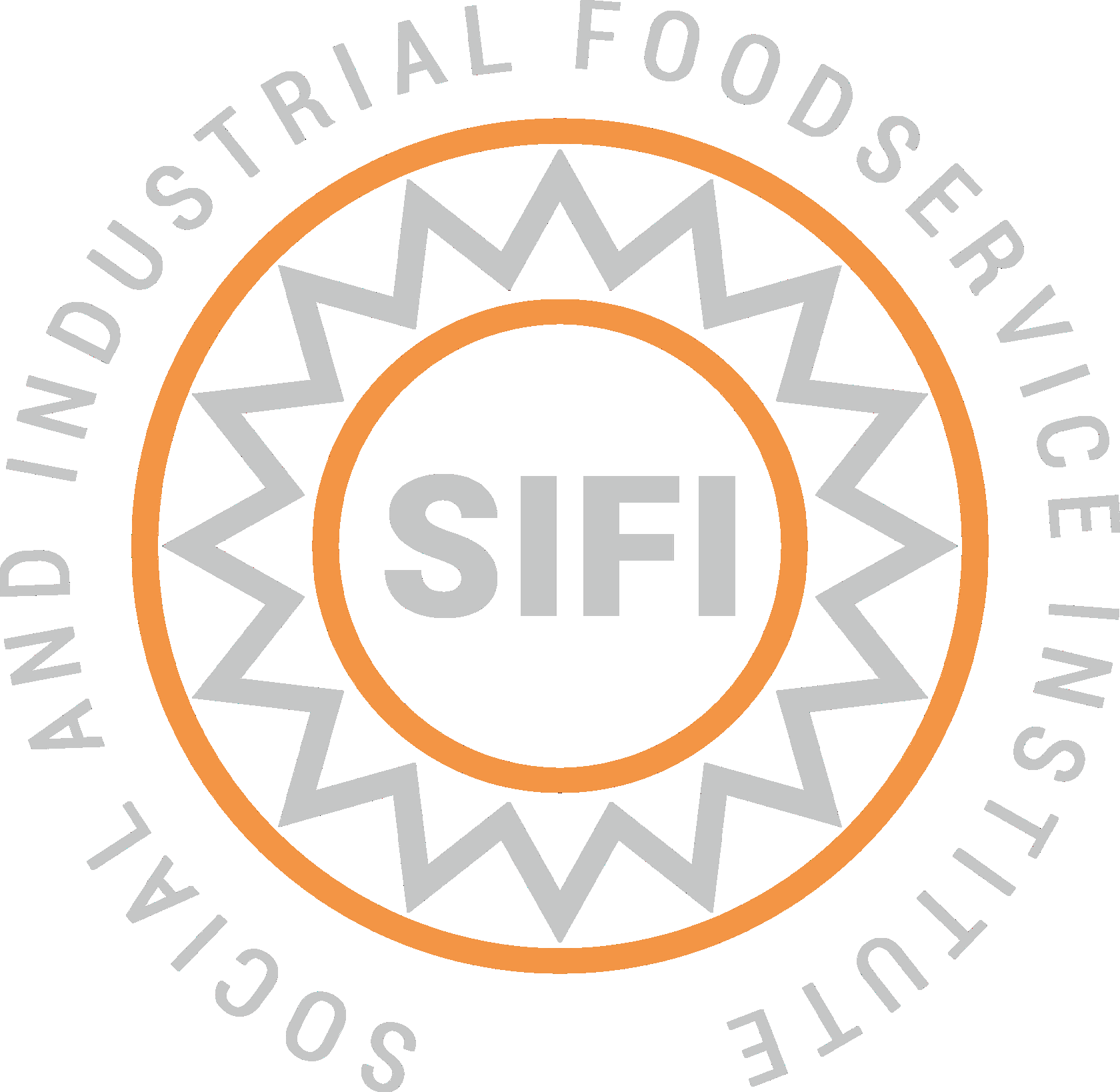In 1999, the Government of Tajikistan and the UN World Food Programme (WFP) launched a transformative initiative, providing hot, nutritious lunches to schoolchildren in welcoming school canteens. What started as a small project serving 5,000 students in 22 schools has grown into one of the country’s key nutrition programmes.
Since 2013, Russia has substantially assisted the initiative by providing financial support, while the Social and Industrial Foodservice Institute (SIFI) has undertaken the responsibility for technical assistance and the development of modern school feeding standards. Currently, the School Feeding Programme reaches over 430,000 students in 2,000 schools—about 60% of all schools nationwide. For many children, especially those in rural areas, these meals are an essential part of their daily lives.
The programme focuses on two main pillars:
- Supplying food products to schools:
The UN WFP delivers staples like fortified flour, oil, legumes, and salt, which school cooks transform into hot meals for children in grades 1-4. To diversify meals, parents and local communities actively contribute by supplying fresh fruits, vegetables, eggs, and meat, thus enriching children’s diets and strengthening community involvement. - Development and introduction of sustainable National School Feeding Programme:
Research conducted as part of the initiative facilitated the creation of the Concept for Improving School Meals (2015) and the Strategy for the Sustainable Development of School Feeding in Tajikistan until 2027 (adopted in 2017). These foundational documents set the stage for the forthcoming National School Feeding Programme.
Programme Milestones
1. Organizational and Strategic Development
- 2014: Establishment of the National Inter-Ministerial Coordination Council on School Feeding under the Ministry of Health and Social Protection.
- 2015: Approval of the Concept for Improving School Meals.
- 2017: Launch of the Strategy for Sustainable Development of School Feeding until 2027.
- 2019: Establishment of 3 regional and 29 district school feeding coordination councils.
- 2022: Introduction of the State Programme for the Development of School Feeding (2022–2027).
- 2023: Formation of the National Unit for School Feeding at the Ministry of Education and Science.
2. Pilot Projects and School Infrastructure Modernization
- 2016: Completion of the first pilot project action plan with the renovation of 8 schools, installation of new equipment, and the opening of 2 school bakeries.
- 2017–2018: Implementation of the second action plan—upgrading 50 schools, adding 5 school bakeries, and creating 1 centralized school canteen.
- 2020: Establishment of 8 district bakeries through public-private partnerships.
- 2023–2024: Execution of the third action plan—upgrading an additional 50 schools and building new canteens in 5 schools.
3. Innovations and Recognition
- School Meals Recipe Book: Two editions have been published, with one winning the Food Safety and Special Jury Award at the Gourmand World Cookbook Awards.
- Best School Cook: An annual competition launched in 2022.
4. Information and Educational Programs
- School Meals Newsletters: Published twice a year, these newsletters provide updates on the Programme and its progress.
- Healthy Lifestyle Events: Healthy eating weeks, festivals, and celebrations promote the School Feeding Programme and healthy habits.
- Informative and Educational Materials: Custom board games, workbooks, and guides for parents and school staff.
- Media Outreach: Engaging videos and TV shows educate children and parents on healthy living and the benefits of the School Feeding Programme.
5. Human Resource Development
- More than 300 school cooks have received specialized training to boost their knowledge of healthy eating principles, hygiene standards, and equipment use. Such training allowed for the improvement of the quality of school meals and diversification of the school menus.
Future Goals
The School Feeding Programme is expanding its vision with ambitious goals such as:
- Upgrading Infrastructure
Plans are underway to modernize school canteens, integrating energy-saving technologies such as solar panels and water-heating systems to ensure consistent hygiene and cooking standards—even in remote regions. - Establishing Training Centers
Dedicated training centers for school cooks will provide hands-on learning of advanced culinary techniques to ensure the high quality and safety of school meals. - Transitioning to Local Sourcing
A key focus is adopting the so-called “from field-to-plate” model, involving local farmers in supplying produce for school meals. Such an approach will not only support local agriculture but also ensure schools receive fresh and organic ingredients. - Establishing a Production and Logistics Hub
Plans include creating a cluster that centralizes the processing of local agricultural products, the production of semi-finished and ready-to-eat school meals, as well as facilities for storage and logistics services. - Expanding Educational Outreach
The Programme will continue to educate children and parents about healthy eating through new materials, festivals, and events, making knowledge about proper nutrition accessible to all. - Strengthening Public-Private Partnerships
To extend the Programme’s reach, the initiative aims to collaborate with private businesses to establish new bakeries, ensuring a steady supply of freshly baked goods for school canteens.
School feeding in Tajikistan goes beyond hot lunches—it is an investment in the health and future of an entire generation. Through strong partnerships with international organizations, state support, and community involvement, the Programme is evolving to benefit thousands of schoolchildren across the country.

